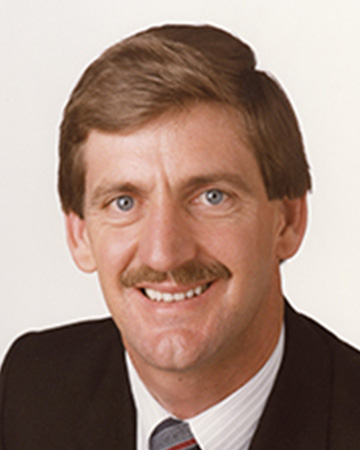Explosives Reserve prominent Eastern Goldfields industry
The Kalgoorlie Explosives Reserve is now the second most important industry in the Eastern Goldfields and the biggest explosives manufacturing and storage facility in Australia, Mines Minister Gordon Hill said today.
"Only mining, with a production value of more than $2 billion in the Eastern Goldfields last year, is a bigger money-earner for the region," he said.
"The huge tonnages of ore raised from open-pit mining could not be achieved without the use of modern bulk explosives now produced in Kalgoorlie."
Mr Hill said that last year more than $100 million worth of explosives had passed through the Kalgoorlie Explosives Reserve.
Since the early 1960s the number of people employed on the site had risen from one to 120.
Mr Hill, who recently inspected the explosives reserve, said four companies were now represented on the site - ICI, Dyno Wesfarmers, Total Energy Systems and ERT Explosives.
The 80 hectare reserve had been expanded twice in the past few years to provide ample separation between magazines and allow new explosives production plants to be added.
There were now 30 sites on the reserve set aside for the manufacture or storage of explosives. Among them were 14 50-tonne explosives magazines and nine manufacturing plants.
"The reserve in West Kalgoorlie has been operating since 1894, the year after Paddy Hannan made his landmark gold discovery in Kalgoorlie," Mr Hill said.
"It was officially gazetted in 1903 and vested in the Mines Minister.
"The Mines Department, which oversees all activities on the reserve, now has three staff based on-site to monitor vehicle movements and maintain security.
"An estimated 23,900 tonnes of explosives, both packaged and bulk, was manufactured in 1987.
"In addition, more than 23,000 cases of boosters, 6.25 million detonators and 24,600 cases of detonating cord passed through the reserve last year.
"The length of cord handled there last year was about 25,000 kilometres - longer than the distance between the North and South Poles (20,004 km)."



